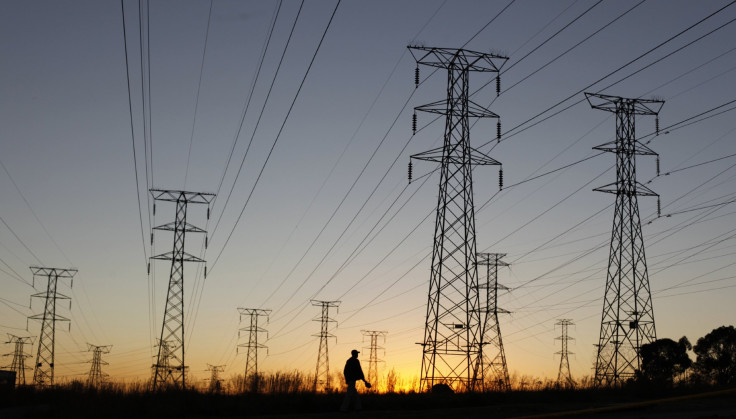Russian Scientists Revive Nikola Tesla's Designs With Help From Crowdfunding

What if electricity could travel the way data does, unburdened by clunky infrastructure as voltages flow wirelessly?
That was inventor Nikola Tesla’s vision more than a century ago. Now, Russian scientists are attempting to turn his concepts into reality with the help of an $800,000 crowdfunding campaign.
The basic idea is to pump electricity into homes and other buildings not by traditional power lines or electrical substations, but via 10-story-tall transmitting towers. Each tower can handle voltages in excess of 3 million volts, which it then sends to wireless receivers by creating currents in the ground. (U.S. electrical wall sockets, by comparison, take only 110 volts).
Leonid Plekhanov and Sergey Plekhanov, both graduates of the Moscow Institute of Physics and Technology, have spent more than five years conducting research and experiments on the Planetary Energy Transmitter project, and they previously raised $40,000 through a Russian crowdfunding campaign, the TreeHugger blog noted earlier this month.
The scientists have tinkered with original designs by Tesla, the namesake of Elon Musk's electric car company Tesla Motors. The new plans use more lightweight materials to ease the construction of transmission towers. Tesla’s original Wardenclyffe tower prototype weighed more than 60 tons, while the new design will weigh just 2 tons, Smart Grid News said. The Russians have also integrated advanced electronics into the design.
If the tower and receivers function as intended, the system could “allow the transmission of large amounts of energy via ground to any kind of distances — instantly, safely and without losses,” say the scientists, who prefer that the towers transmit emissions-free solar energy in particular.
On their website, Global Energy Transmission, the Plekhanovs dismiss concerns that wireless energy transmission will turn the planet into a microwave oven or function like giant, super-powerful antennae. They say it’s all in line with the basic laws of physics and electrical engineering. A purportedly “simplified explanation” of the design offers more details.
The current crowdfunding effort runs through July 25 on the IndieGoGo site. So far the project has reached 1 percent of its goal.
© Copyright IBTimes 2024. All rights reserved.



















